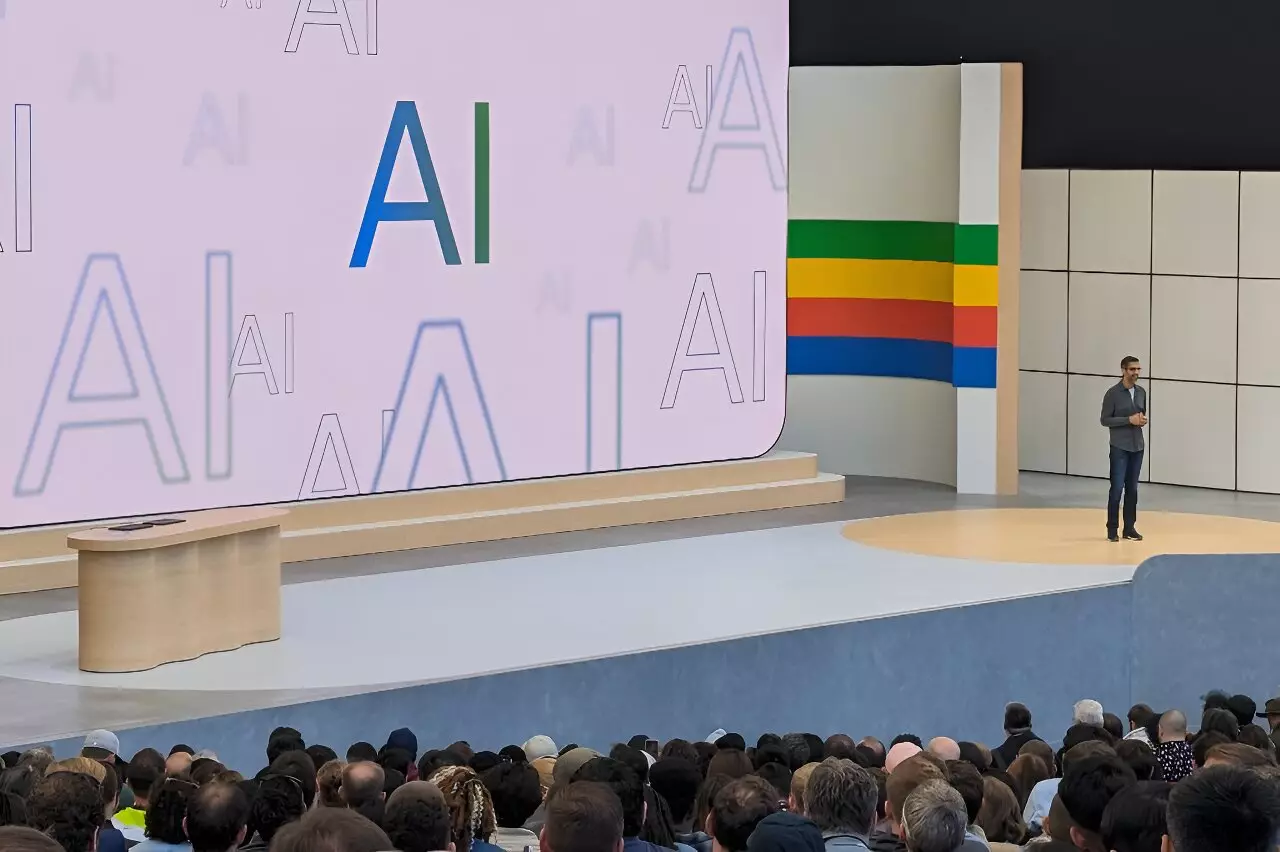In the age of ChatGPT and other advanced AI technologies, the issue of bias in artificial intelligence has become a pressing concern. With machines making decisions in various fields such as healthcare, finance, and law based on data gathered from the internet, the risk of perpetuating discrimination is real. The quality of AI’s decision-making is directly influenced by the information it is fed, which can range from valuable knowledge to harmful prejudices. The reliance on AI software by individuals and organizations further complicates the problem, leading to a potential feedback loop where biases in human culture get amplified and reflected in AI systems.
Cases of discrimination resulting from biased AI systems have already emerged, such as the misidentification of individuals by facial recognition technology. Companies like the US pharmacy chain Rite-Aid have faced legal challenges due to their AI systems wrongly labeling certain groups of people as shoplifters. The introduction of generative AI, capable of producing human-like reasoning within seconds, adds new dimensions to the issue of bias in technology. Experts are concerned that the massive AI models being developed may not have the capability to understand and eliminate biases, making it crucial for humans to intervene and ensure ethical outputs.
The Limits of Technological Solutions
Despite efforts by AI giants to address bias in their models, it remains a complex and subjective challenge. Sasha Luccioni, a research scientist at Hugging Face, emphasizes that bias in AI output is often based on subjective expectations, making it difficult for the technology to self-correct. While some methods like algorithmic disgorgement and fine-tuning AI models have been proposed, doubts persist about their effectiveness in mitigating bias. The need for constant evaluation and monitoring of AI models to detect and address biases underscores the ongoing struggle to achieve fairness and diversity in artificial intelligence.
The Human Element in AI Development
As the landscape of AI continues to evolve rapidly, the responsibility falls on human developers and engineers to guide the technology in the right direction. With the proliferation of AI models and machine learning algorithms, the task of identifying and addressing biases becomes more challenging. The concept of algorithmic disgorgement, allowing engineers to remove biased content without compromising the entire model, represents a potential solution. However, the inherent complexities of bias, deeply embedded in human nature and consequently in AI systems, pose significant obstacles to achieving unbiased technology.
The quest to create unbiased artificial intelligence is riddled with challenges and uncertainties. While techniques like retrieval augmented generation (RAG) offer promising avenues to source information from trusted repositories, the fundamental issue of human bias remains deeply intertwined with AI development. Despite noble intentions to create a fairer future through technological innovation, the reality of bias persists as a fundamental characteristic of both human society and artificial intelligence. As Joshua Weaver aptly notes, the quest to eliminate bias in AI is a reflection of humanity’s collective aspiration for a better future, tempered by the inherent complexities of human nature.


Leave a Reply